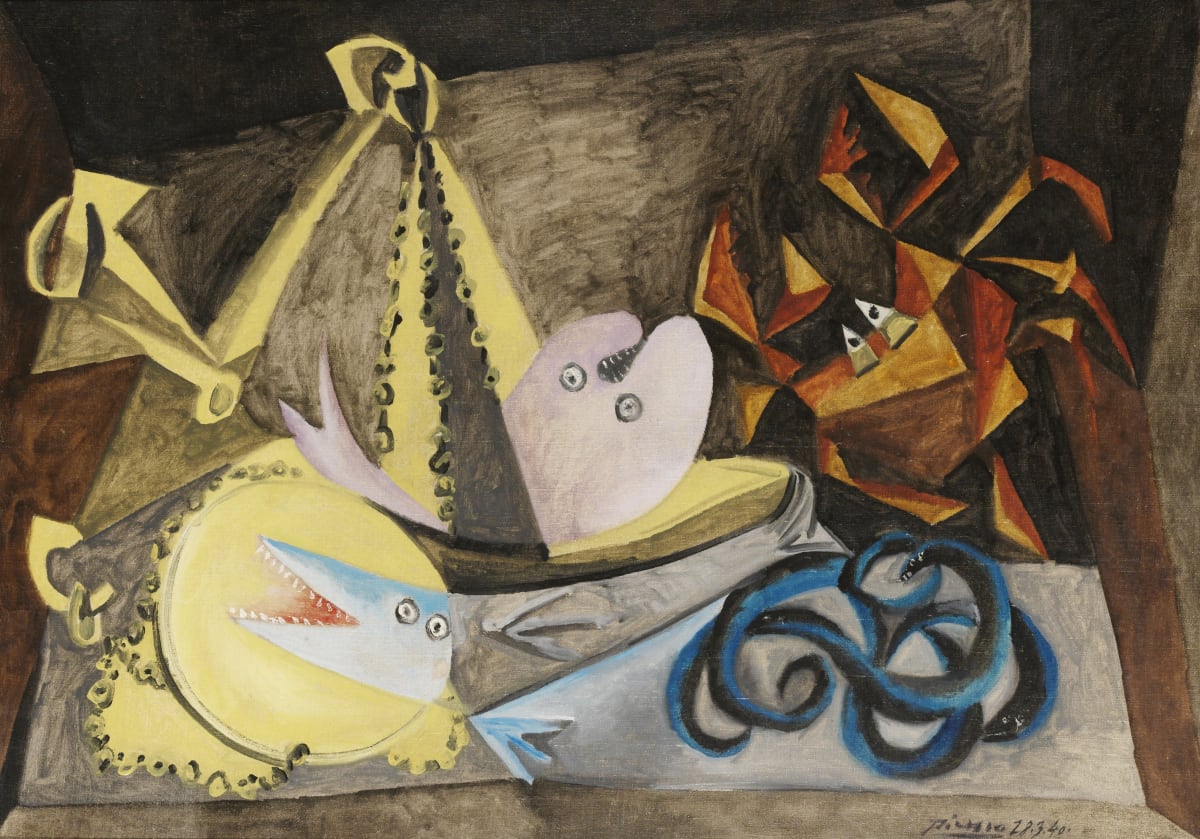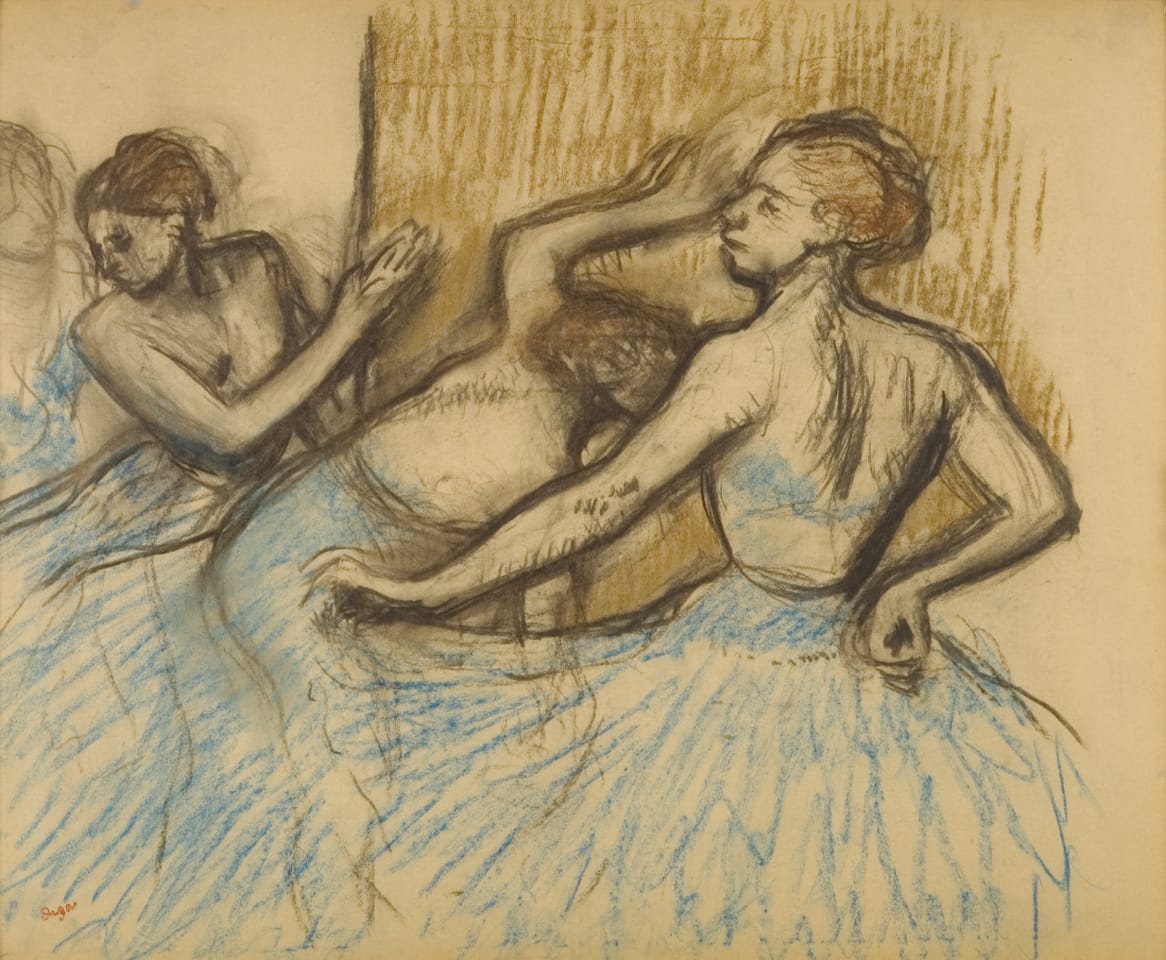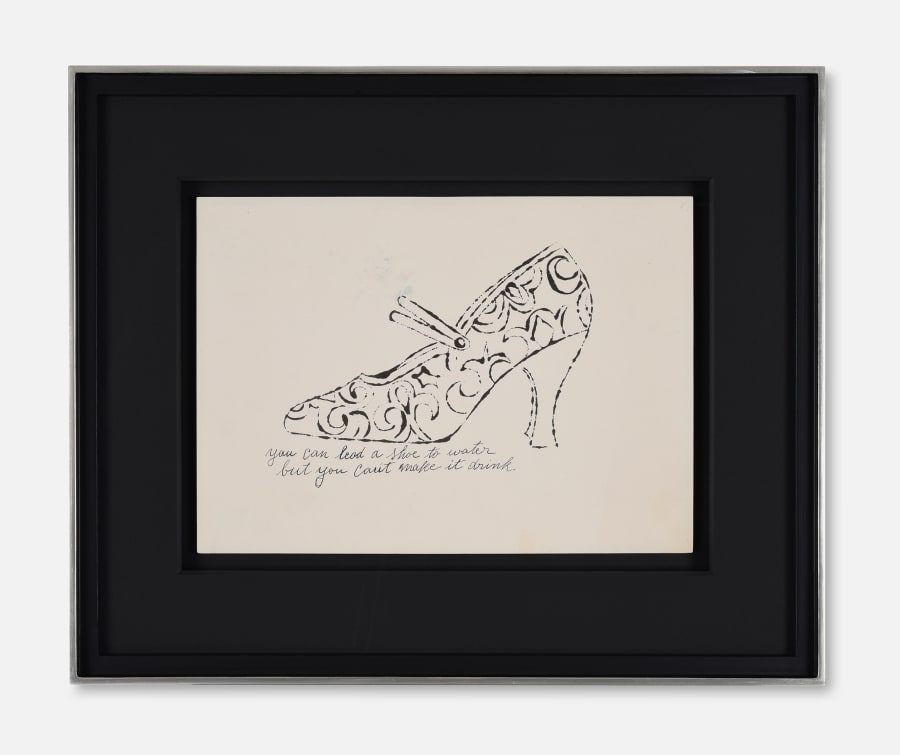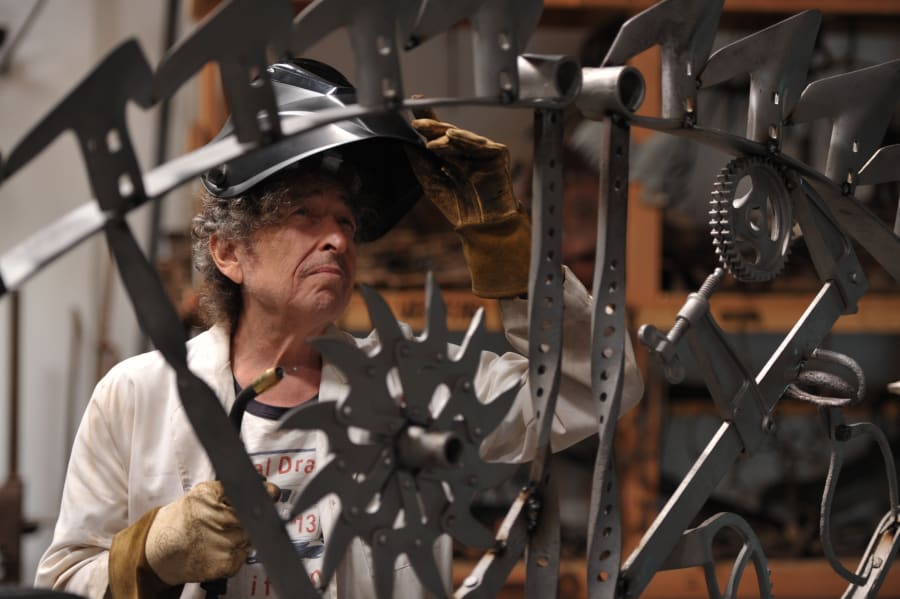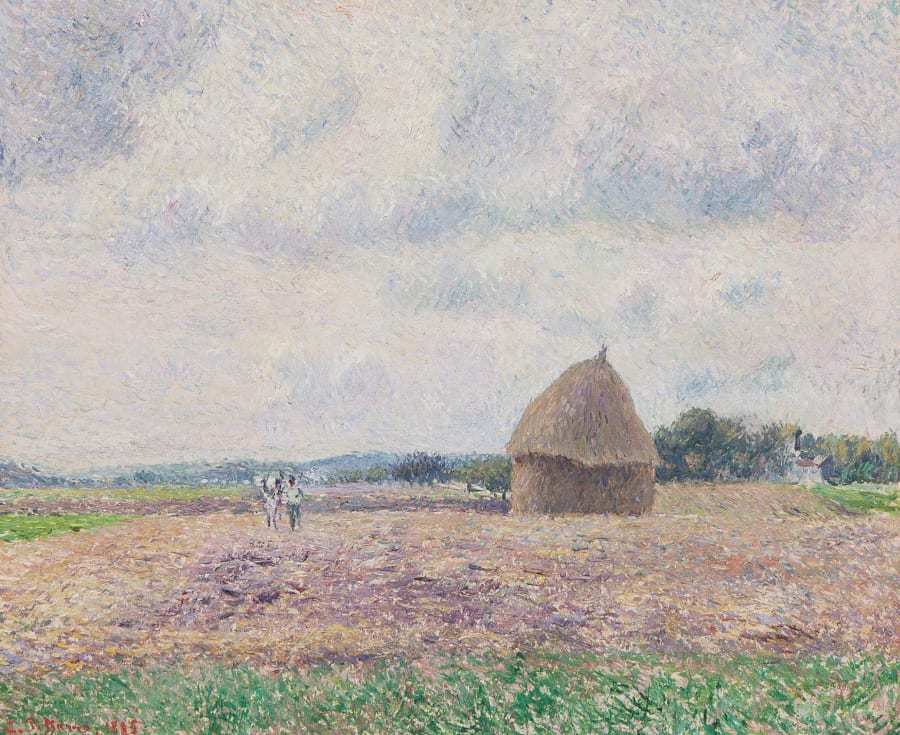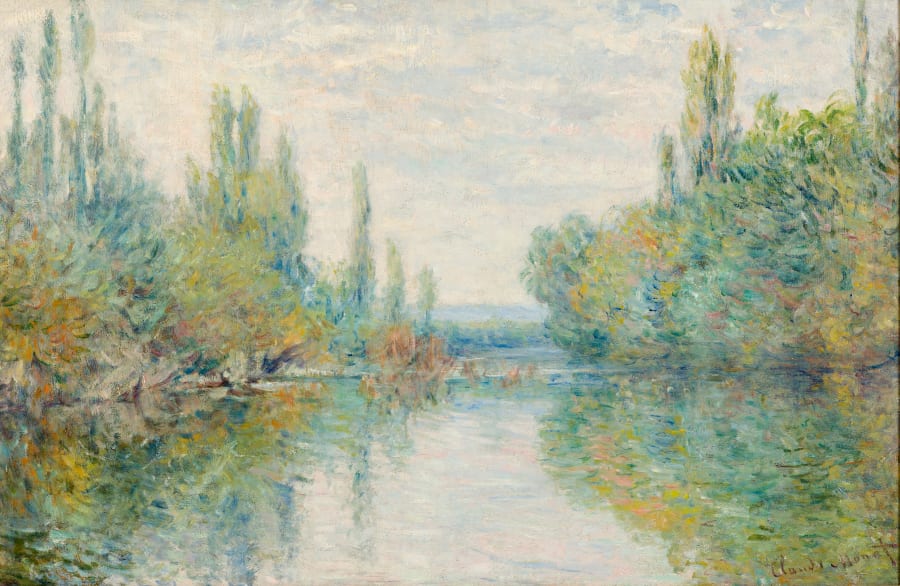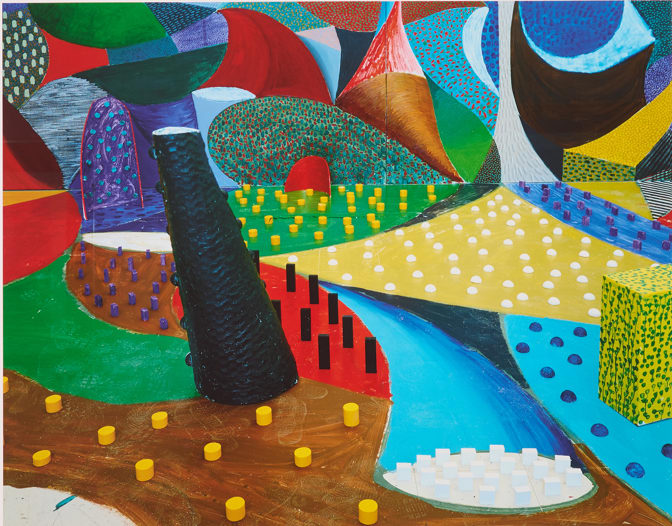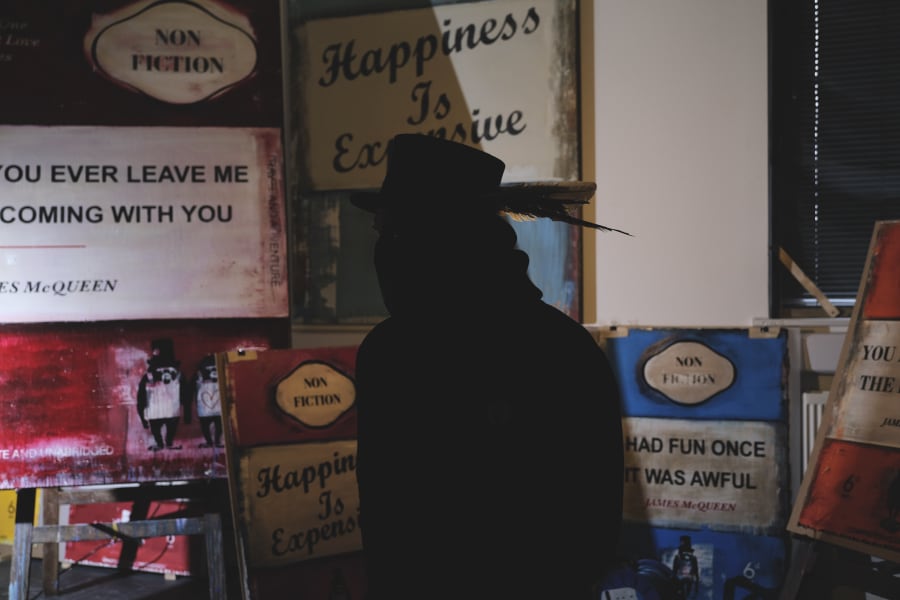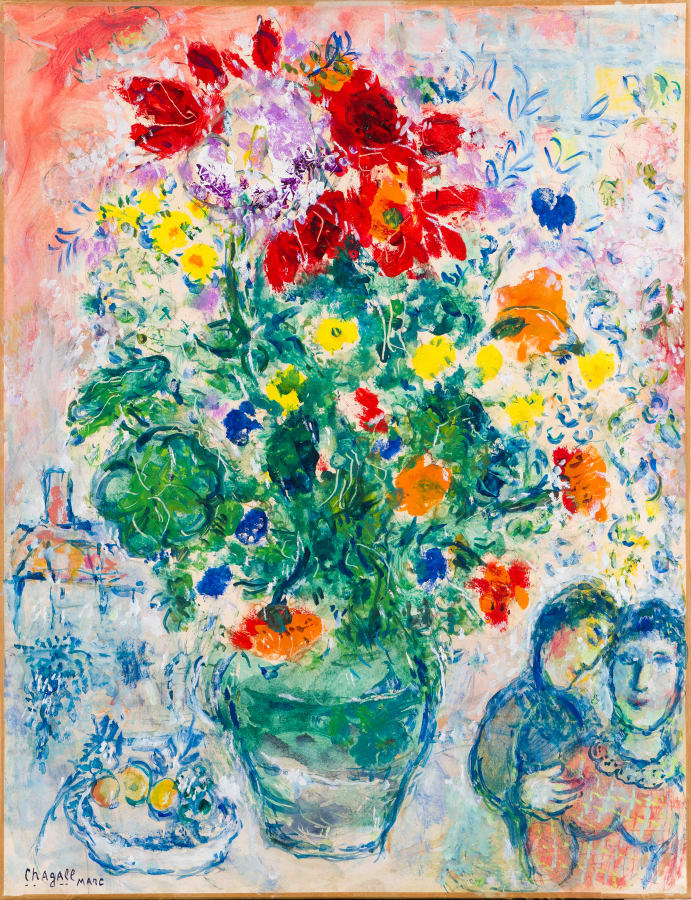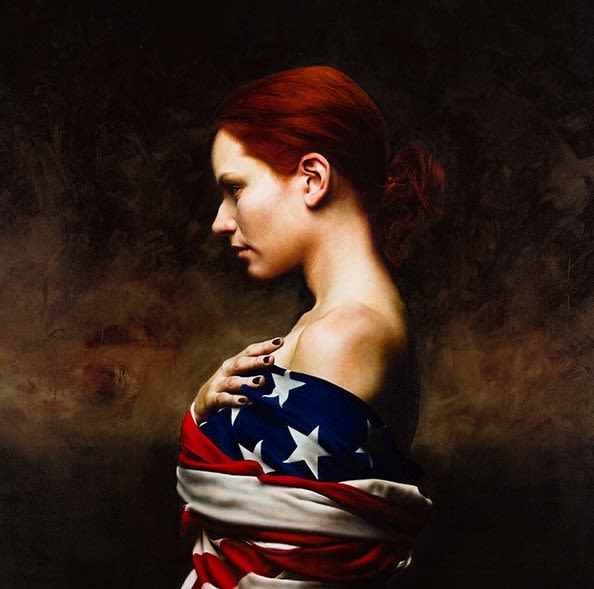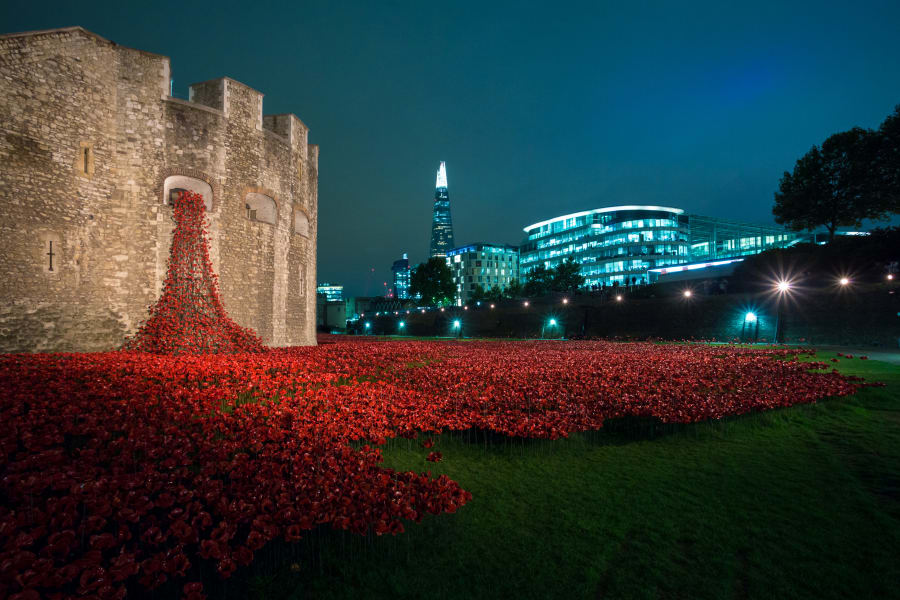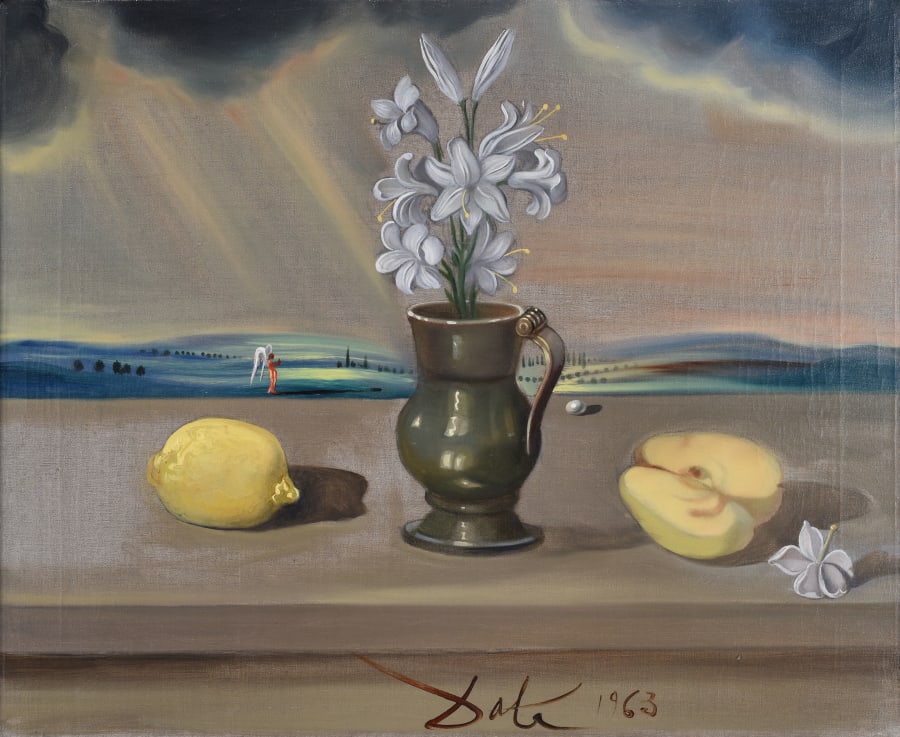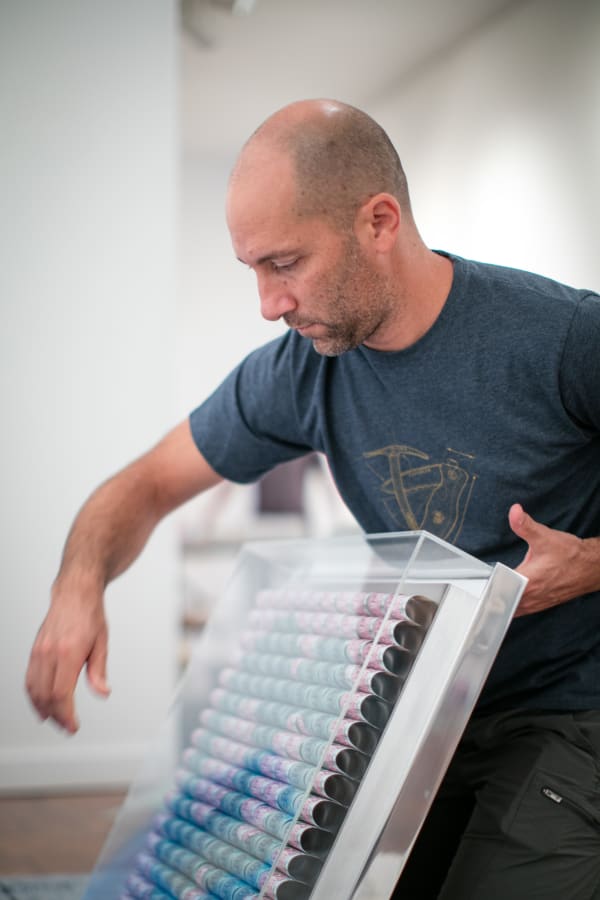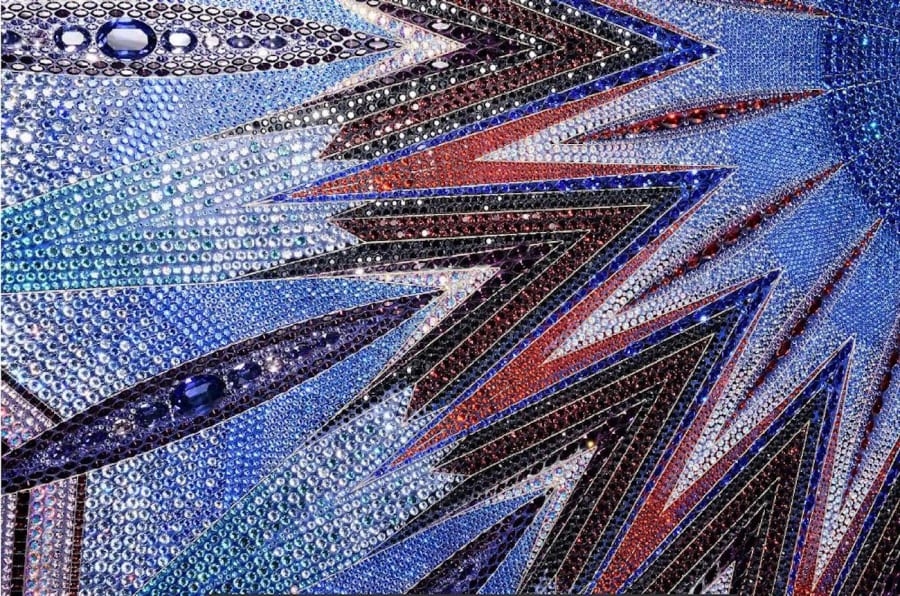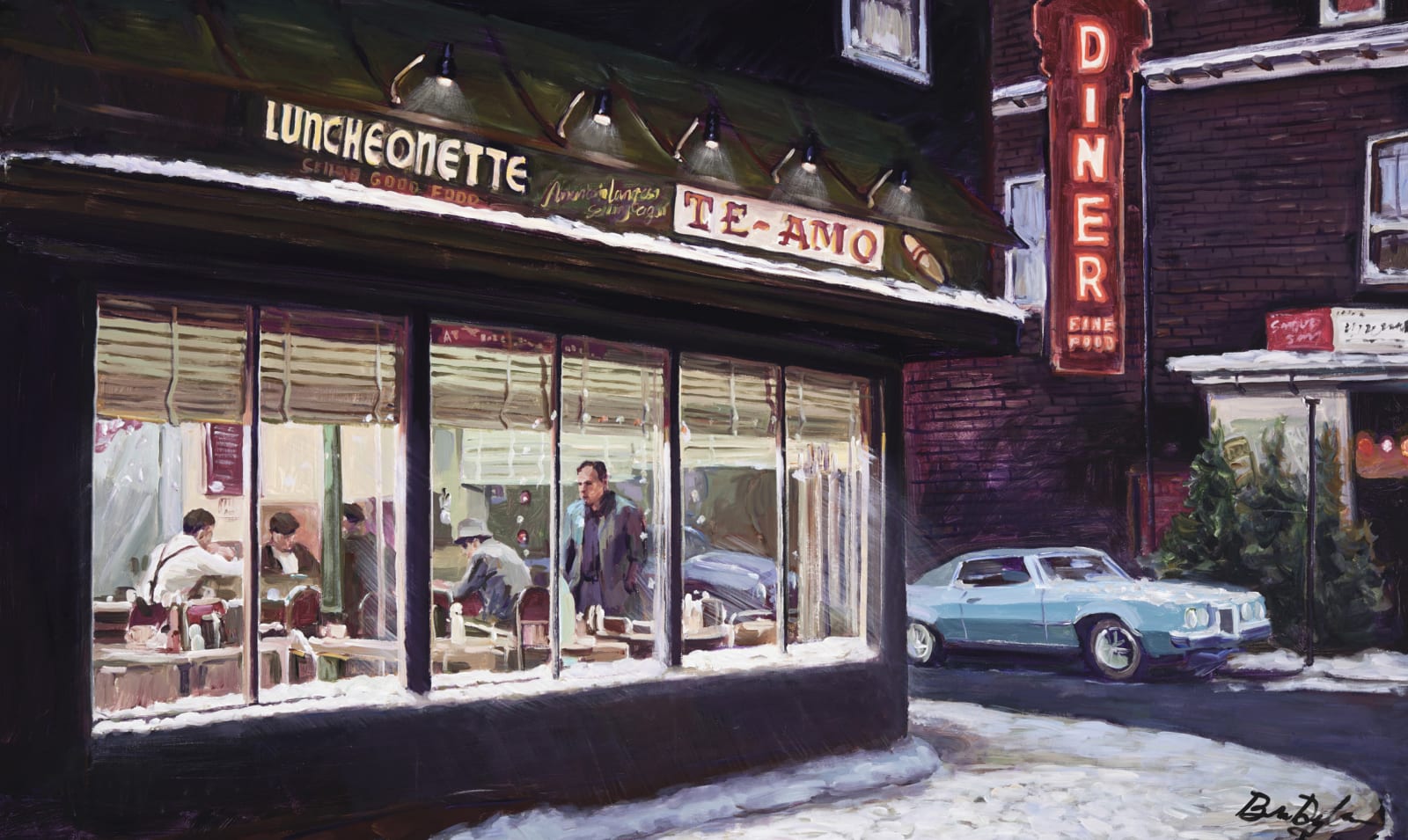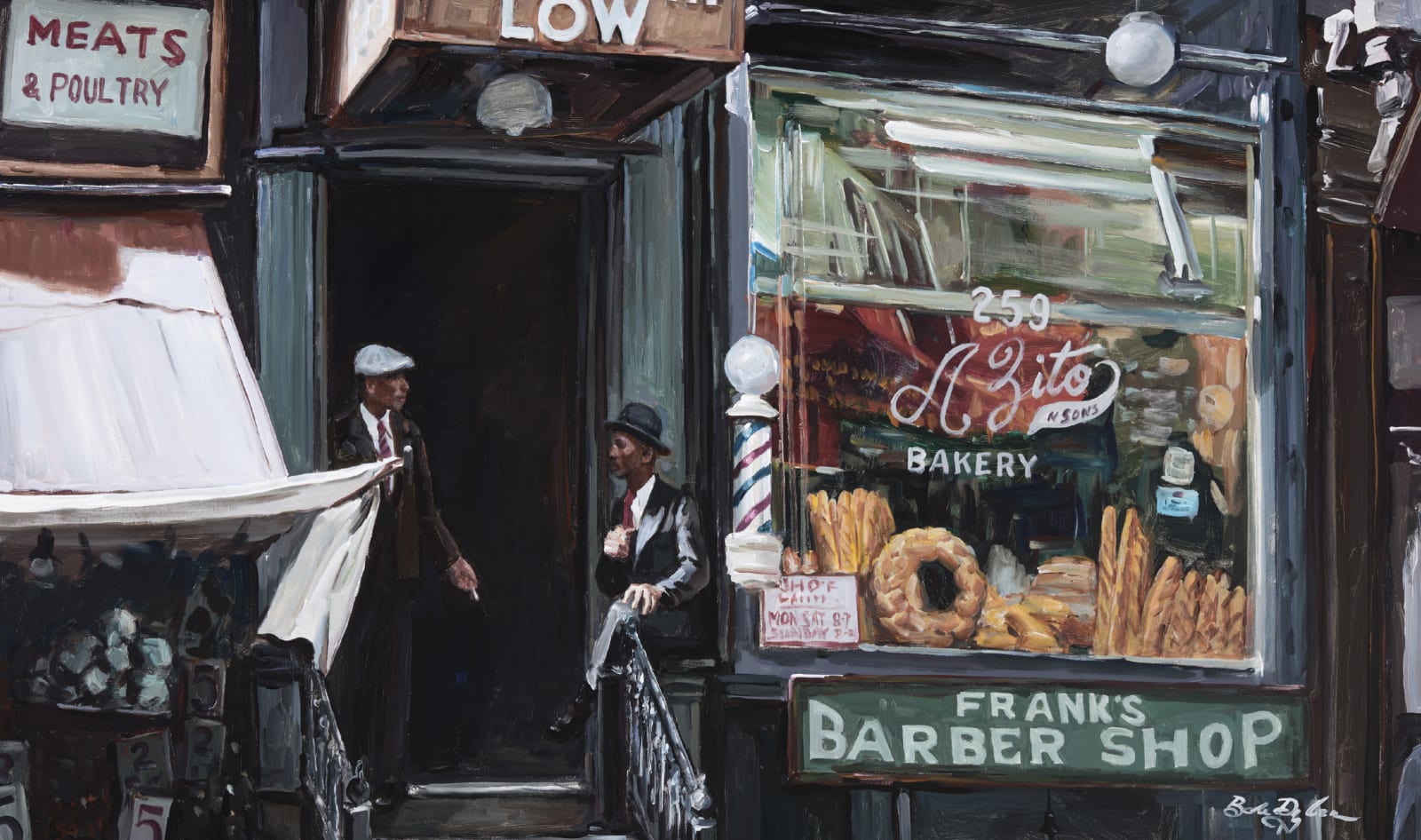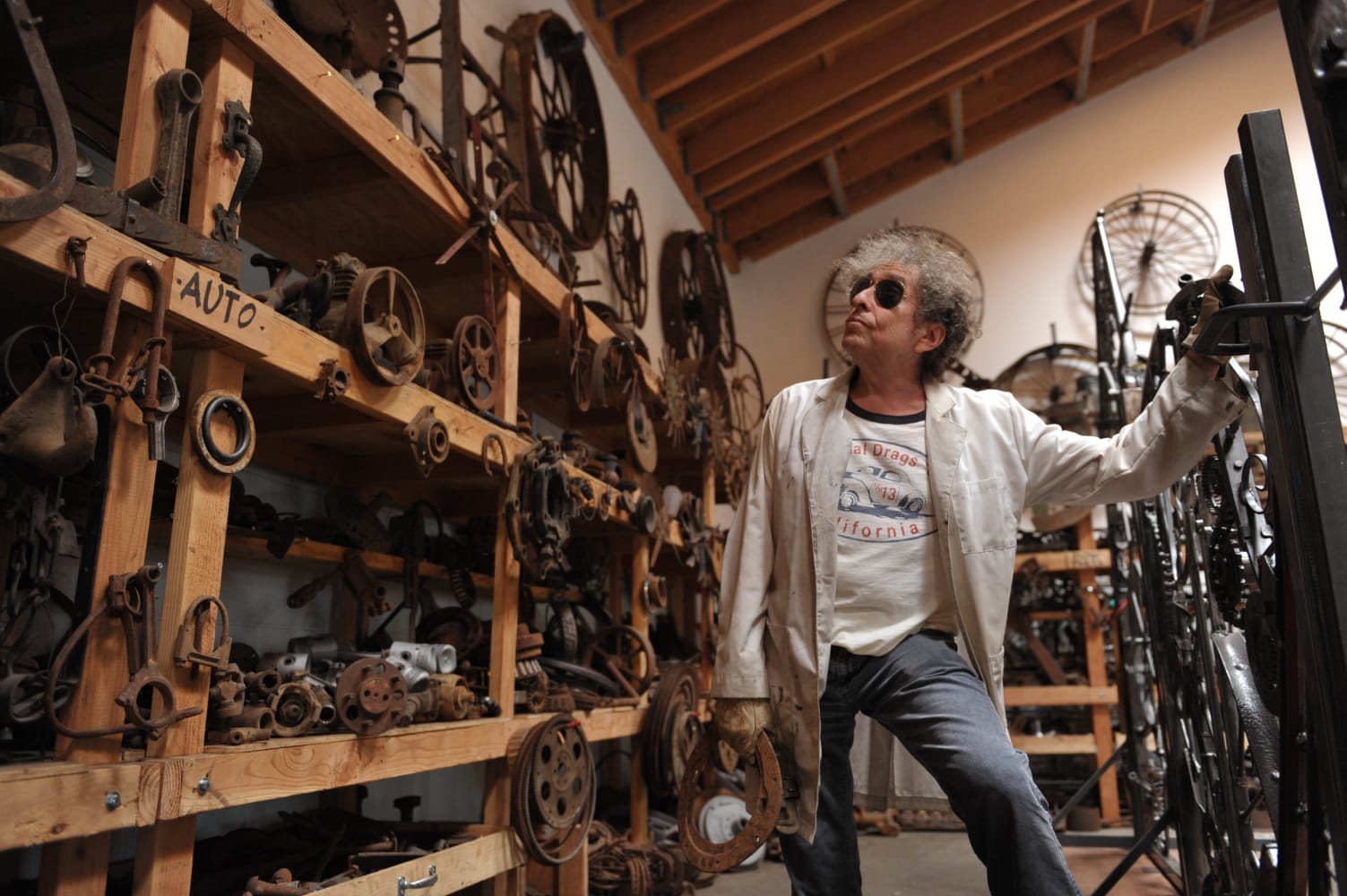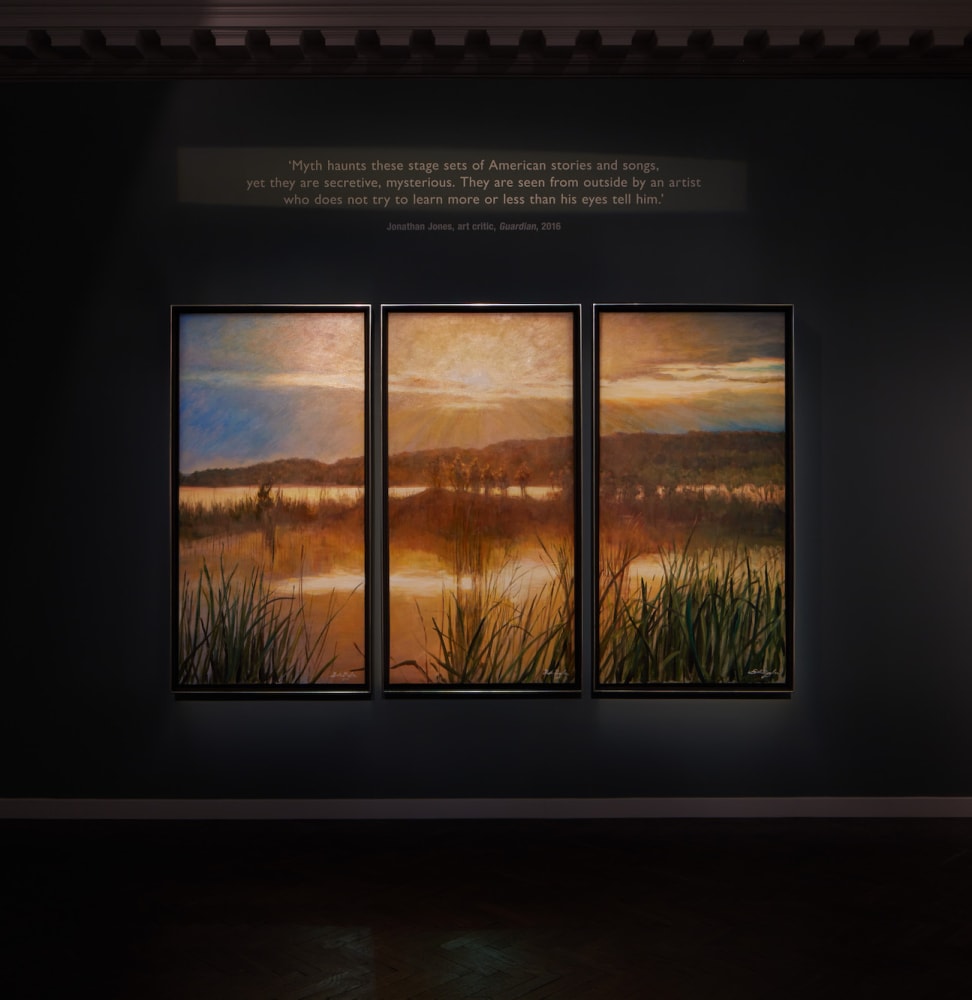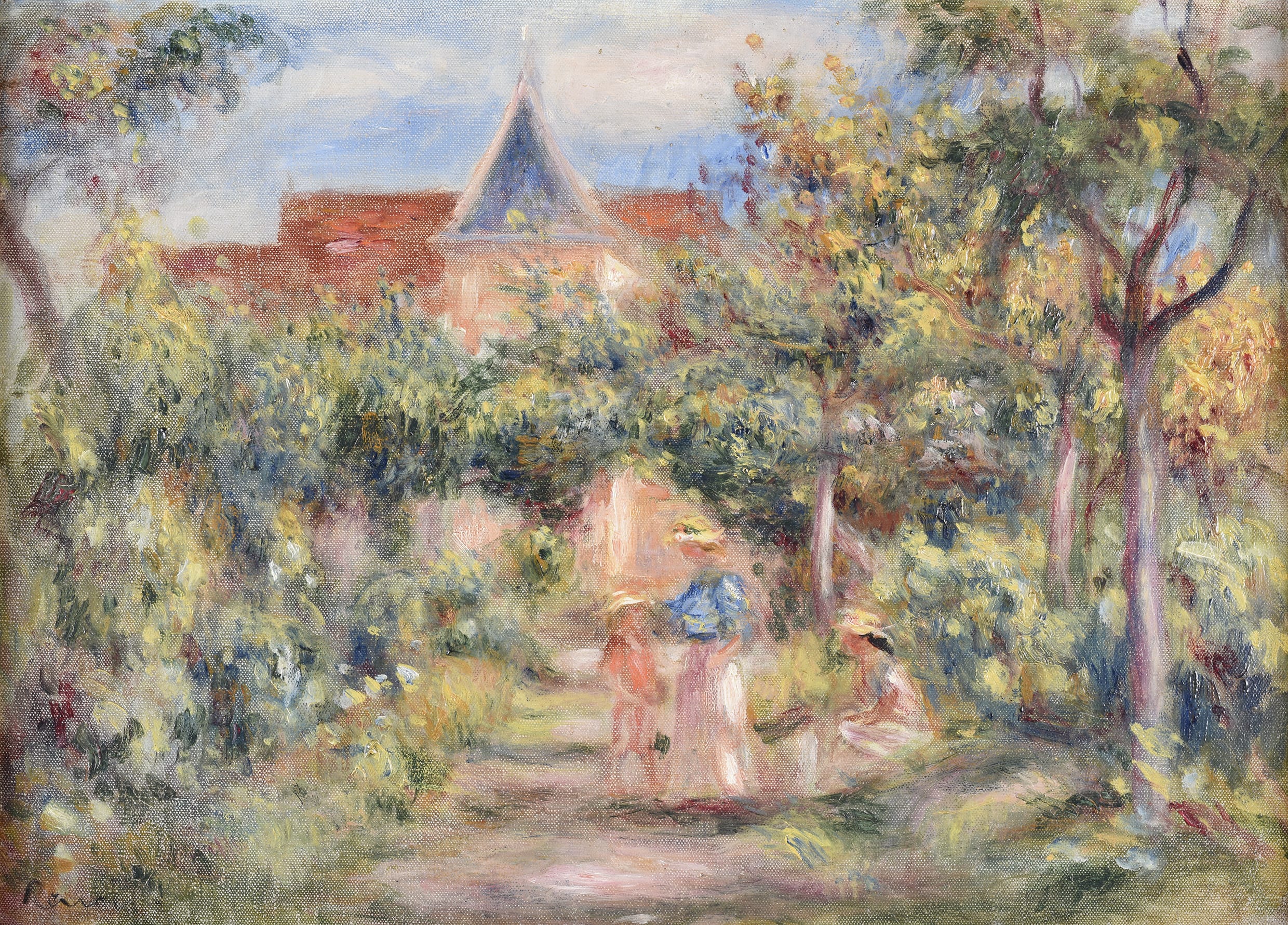

Pierre-Auguste Renoir
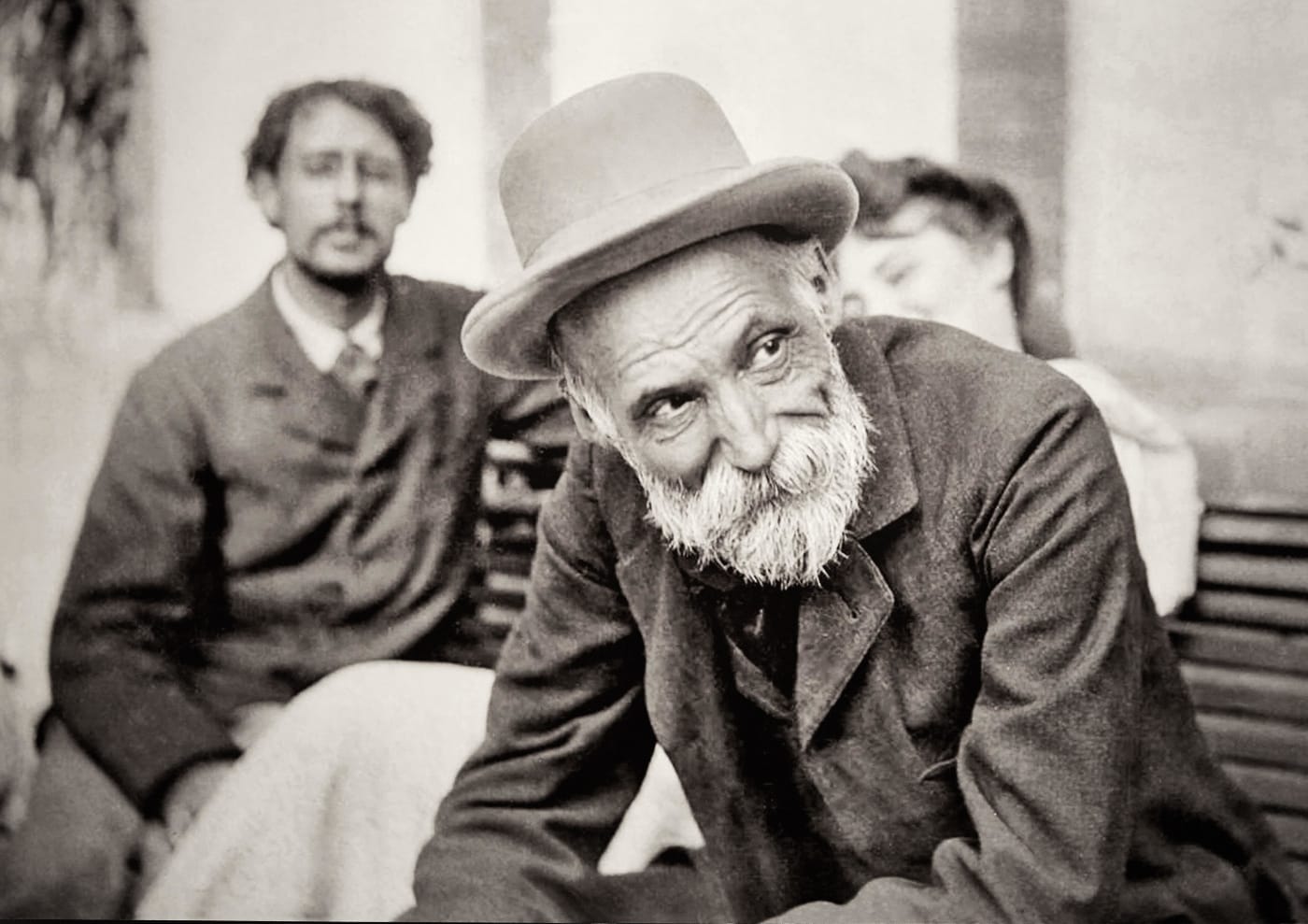
One of the foremost Impressionist painters, French artist Pierre-Auguste Renoir was most notable for his portrayal of the female figure and his tireless pursuit of beauty. Renoir was instrumental in developing the theories and techniques that would give rise to Impressionism and was later a notable influence on modernist artists Henri Matisse and Pablo Picasso.
‘I like a painting which makes me want to stroll in it, if it is a landscape, or to stroke a breast or back, if it is a figure.’
In the early 1860s, Renoir met a group of artists including Claude Monet and Camille Pissarro who would form the nucleus of the Impressionist group, forging a style of painting freed from past traditions and closer to the modern realities of life. By the early 1870s the Impressionist technique of painting using small colourful brushstrokes was well developed. Renoir travelled to Algeria, Spain and Italy in 1881 and 1882 and began to paint in a grander, simpler style, rejecting the everyday and ephemeral in favour of the timeless, focusing on female nudes in particular.

Created in 1913, Baigneuse Assise [Seated Bather] belongs to Pierre-Auguste Renoir's late body of work and serves as a historically valuable link between the artistic traditions of European painting and radical nineteenth-century Impressionism. Rendering a curvaceous nude seated in an interior, executed in harmoniously merging pink tones, the painting exemplifies the artist's most explored subject matter, the female bather.
Renoir's interest in the female nude dated from early in his career and as he entered into a deepening dialogue with traditional European painting, following a formative visit to Spain and Italy in the early 1880s, the iconic theme came to dominate his work.
Baigneuse Assise has been included in seminal exhibitions of Renoir's work such as Renoir (Hayward Gallery, 1985) and Renoir in the 20th Century (Galeries Nationales du Grand Palais, Paris, 2009-2010; later Los Angeles County Museum of Art, 2010; Philadelphia Museum of Art, 2010). Most recently, the painting was loaned to Museo Thyssen Bornemisza, Madrid for Renoir Intimacy (2016-17) which later travelled to Museo de Bellas Artes de Bilbao.


Jardin du peintre à Essoyes from 1909 depicts Pierre-Auguste Renoir's residence in Essoyes, a small town in the Champagne region of France. The painter acquired the house in 1894, the same year that his wife, Aline (née Charigot), gave birth to the couple's second son, Jean. Leaving Paris indefinitely, the family settled down in Aline's native town, the warmer climate being kinder to Renoir after he had contracted rheumatoid arthritis in 1892. By 1909, the artist relied on Aline to tie the brush to his fingers to be able to paint. This dreamlike scene depicts three characters in the house's garden, two females and a child.
The figures are likely modelled on Aline, their youngest son, Claude, then eight years old, and Gabrielle Renard, the children's nanny and Renoir's most frequently employed model during the last 25 years of his life.
In the tradition of early Impressionism, the painting is built up from tiny brushstrokes allowing for gentle and gradual tonalities, the trees and bushes echoing the movement of the clouds in the sky. With these stylistic devices, Jardin du peintre à Essoyes typifies Renoir's return to the Impressionist tradition after his exploration of classicism in the 1890s and early 1900s. Jardin du peintre à Essoyes was included in the ARoS Triennial exhibition, The Garden: End of Times; Beginning of Times held in Aarhus, Denmark, April to September 2017.


La Baigneuse, Pierre-Auguste Renoir, �鶹���� Gallery, 2021
